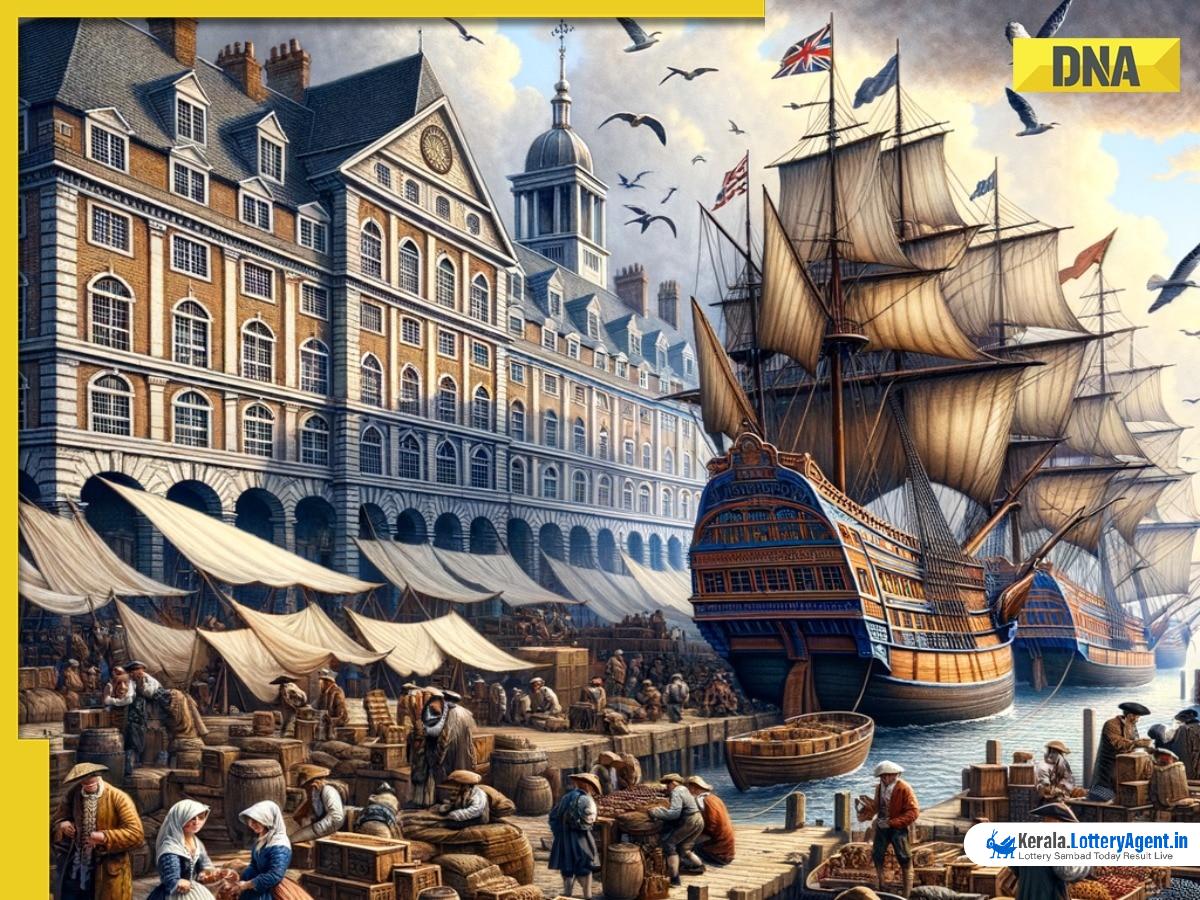
In an era where the ambitions of the mighty British Empire were relentlessly expanding across the globe, one institution stood at the heart of its commercial and colonial dominion in Asia—the East India Company. Far from being a mere trade entity, this organization was at the frontline of British imperial conquest, wielding not only economic might but also a formidable military force that was instrumental in subjugating vast regions of India.
Born from a royal charter granted by Queen Elizabeth I on the last day of the 16th century, December 31, 1600, to be exact, the East India Company commenced its journey as an adventurous enterprise. It organized itself in a way that, for its time, was innovative and modern, functioning on a model where the money was pooled from various investors who, in return, received shares of the profits generated by the company’s activities. At its helm was the Earl of Cumberland, guiding the company and the 215 traders and financiers who had embarked on this lucrative venture.
The company, recognizing the necessity of protecting its interests, placed a high priority on its private army. As early as 1763, the firm’s martial contingent had reached a strength of 6,680 soldiers within the Bengal region alone. Over the next 60 years, this number would burgeon to an imposing 1,29,473 troops. Originally comprising personnel from various backgrounds, a significant shift occurred after 1785 when, following reforms, only Englishmen were commissioned as officers. The burgeoning military might soon eclipsed the company’s administrative workforce; by 1830, the East India Company had a bureaucracy of about 3,500 Indian employees, dwarfed in comparison to its military manpower.
Trade and commerce were, naturally, the company’s raison d’être, with a portfolio of commodities that spanned from the familiar—spices, tea, textiles, and opium—to the exotic such as Chinese porcelain, silk, and saltpetre, the latter critical for gunpowder production. Indigo, coffee, silver, and wool rounded off this extensive list. Its ships, the heralds of these valuable goods, bristled with weaponry, each armed with a formidable array of 30 to 36 cannons, reflecting the serious threats they faced on their international voyages and the company’s deep pockets. The dominance of the British Navy in the Indian Ocean further bolstered the East India Company’s commercial endeavors.
Nevertheless, empires and institutions of great power are as susceptible to decline as they are capable of influence and control. For the East India Company, its demise came unceremoniously through legislative action by the British Parliament. By 1874, nearly three centuries after its inception, the once mighty company was dissolved. In 1858, the British Crown had already subsumed its Indian possessions into the empire itself, a pivotal moment signaling not only the end of the company’s autonomous rule over its vast Indian territories but also heralding the era of the British Raj—direct imperial rule over the Indian subcontinent.
The East India Stock Dividend Redemption Act of 1873 formalized this dissolution, rendering the company an obsolete relic of a bygone age of corporate imperialism. The fall of the East India Company effectively concluded the unique period in history when a private entity operated with its own army and bureaucracy, playing the unlikely role of a sovereign power in India.
As the tides of history continue to ebb and flow, the story of the East India Company serves as a potent reminder of the profound and lasting impact that trade, military might, and governmental support can have when converged in the hands of such a powerful institution. Its legacy continues to be studied and debated, a chapter of colonial history that still resonates with implications for modern-day conceptions of globalization, economics, and geopolitical power dynamics.












